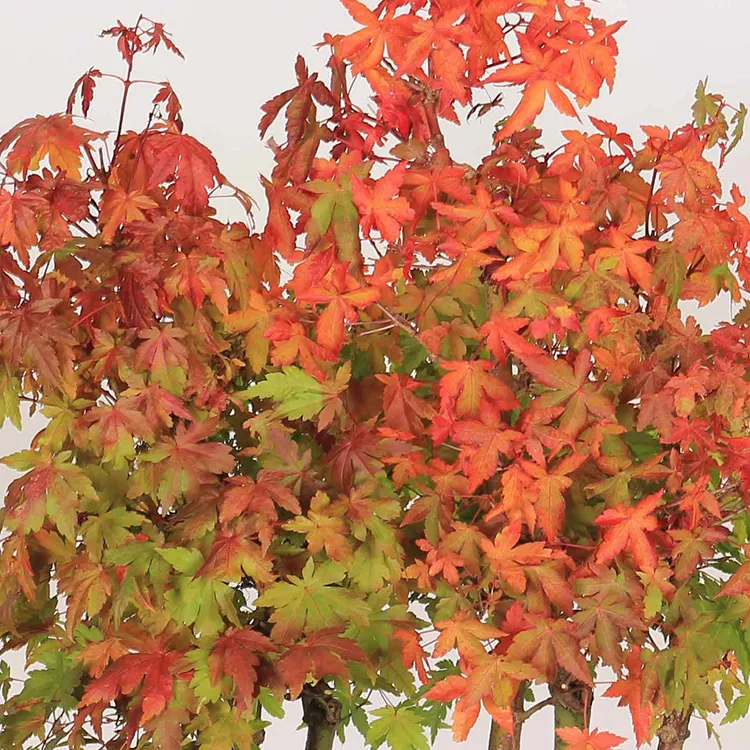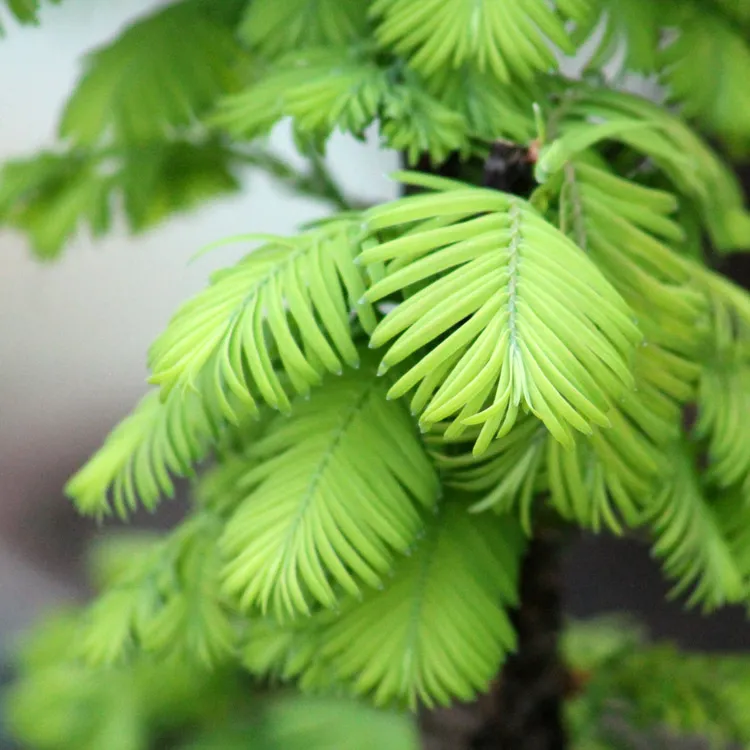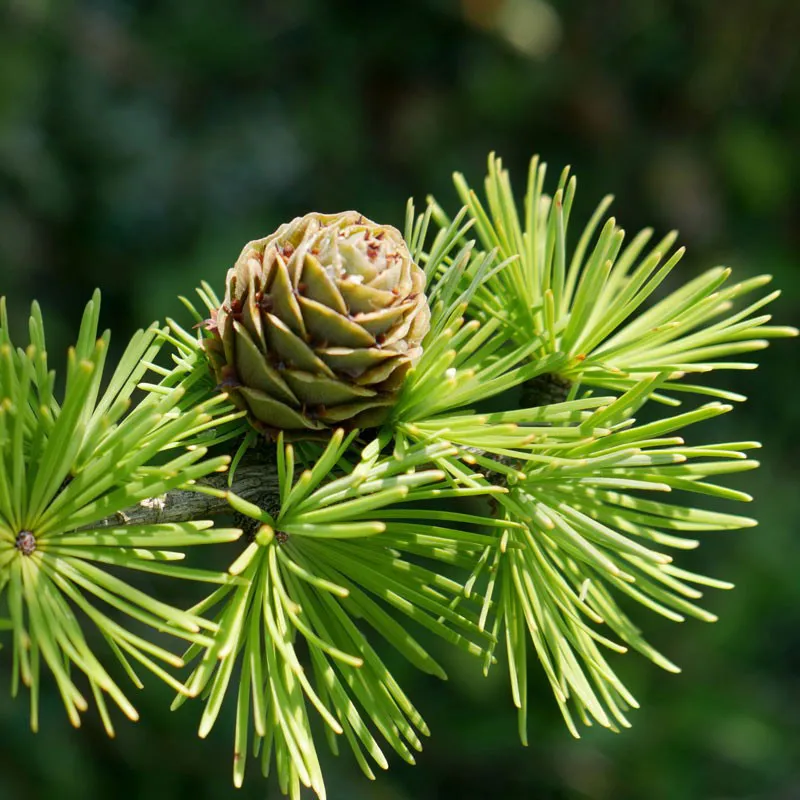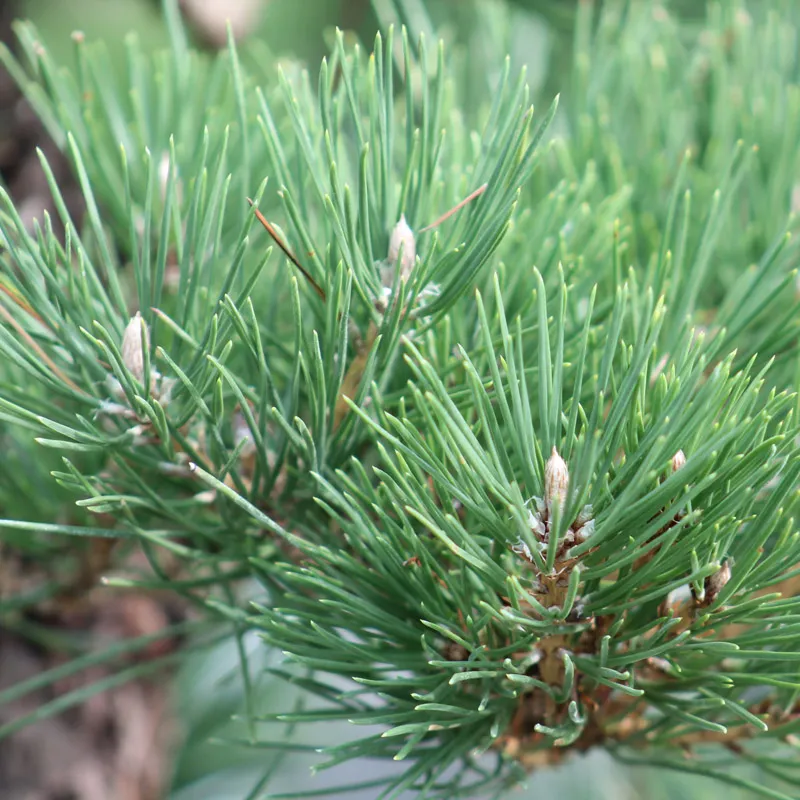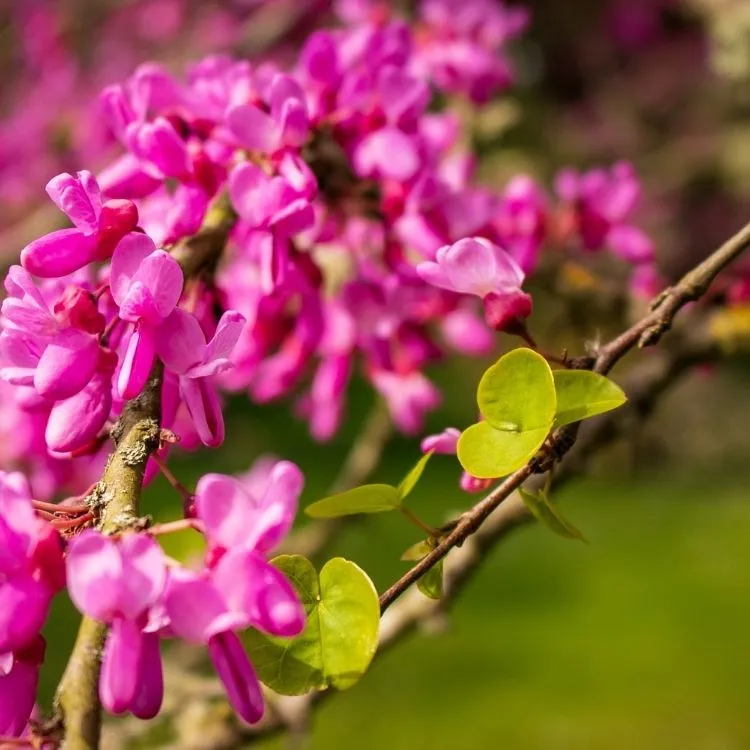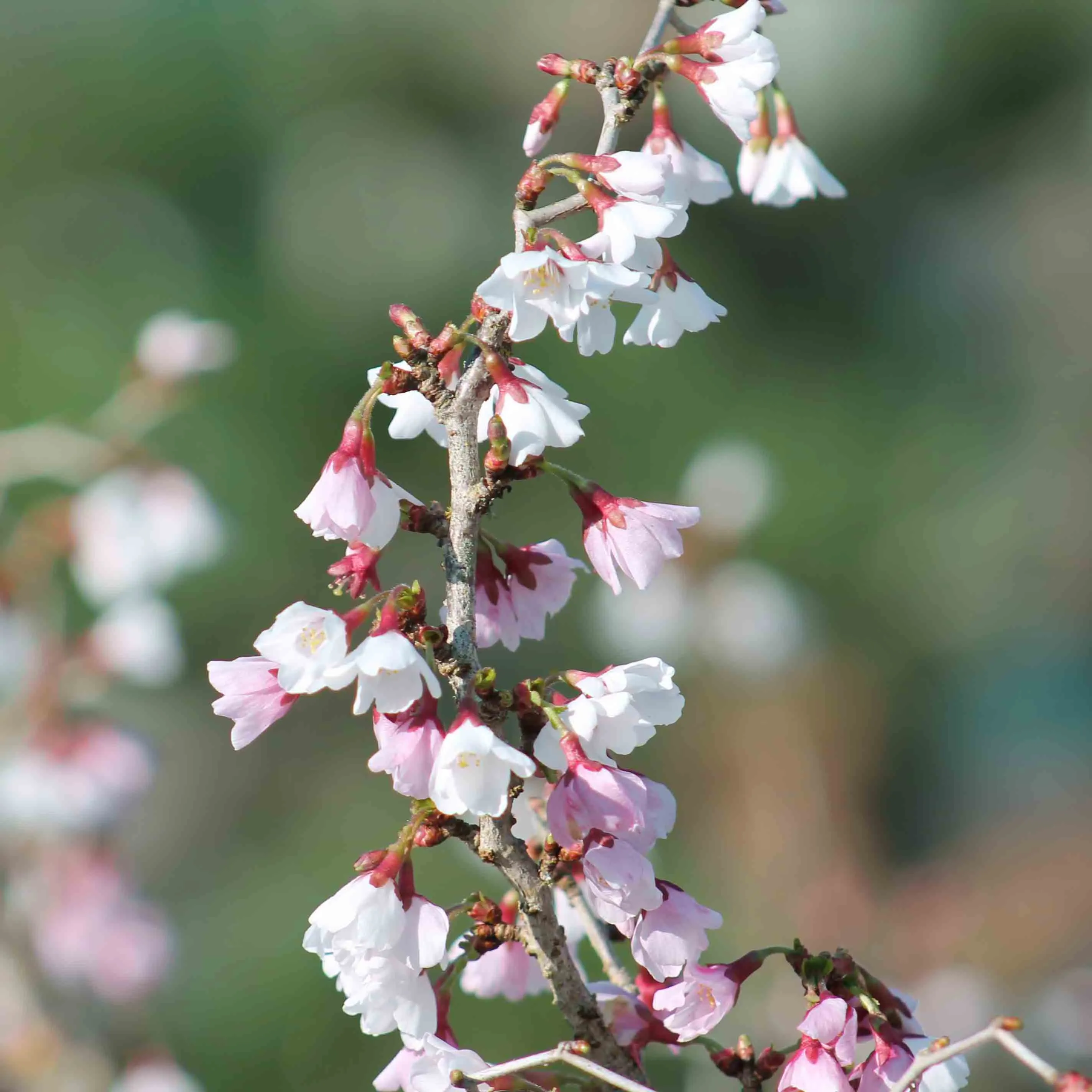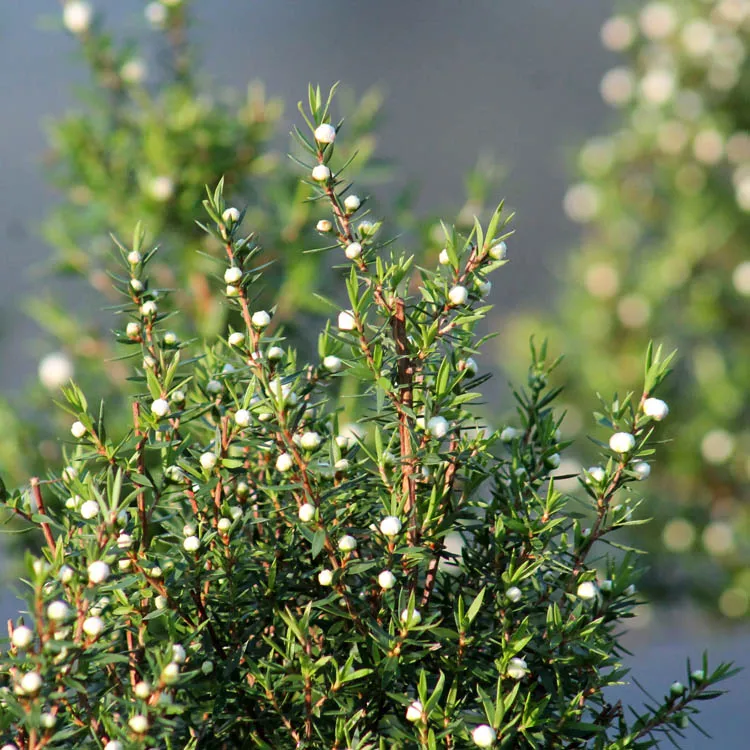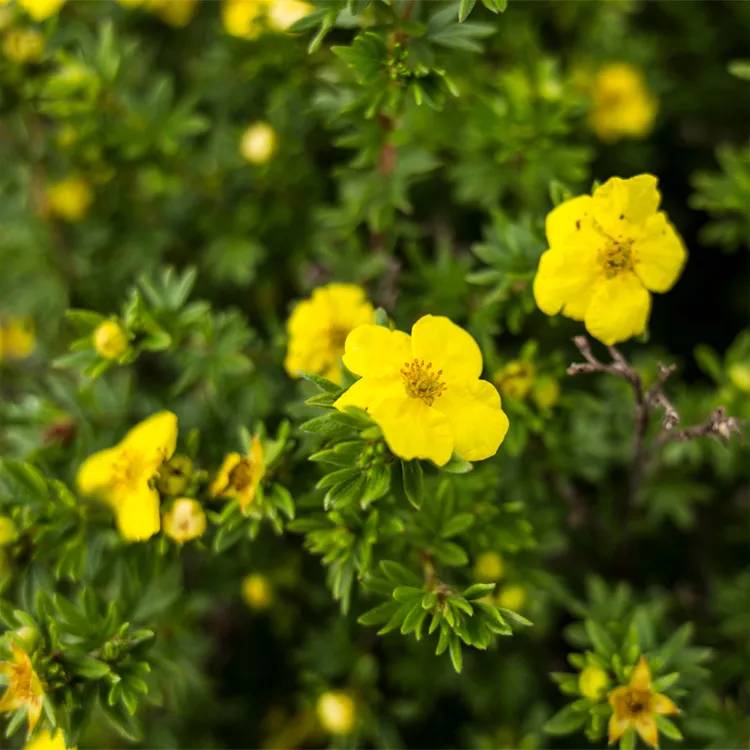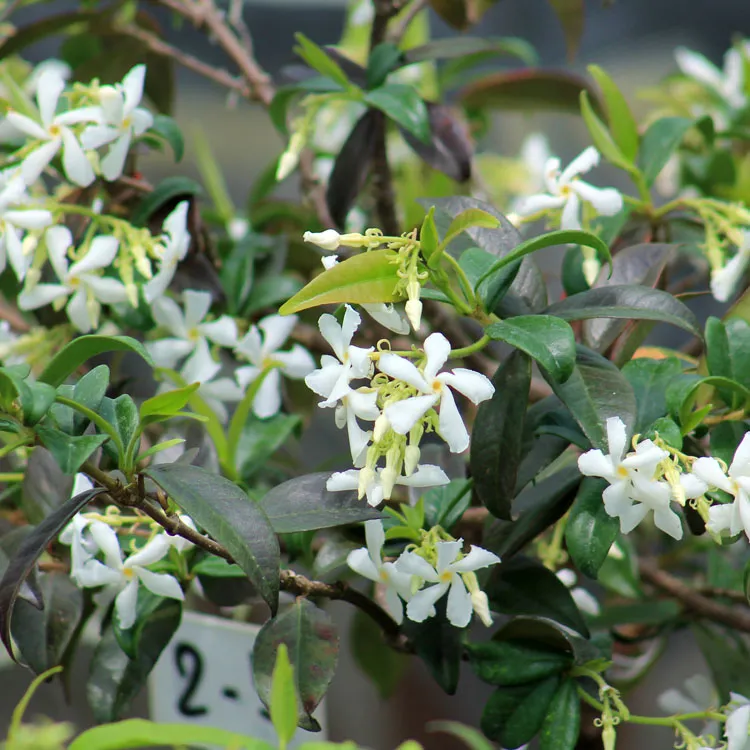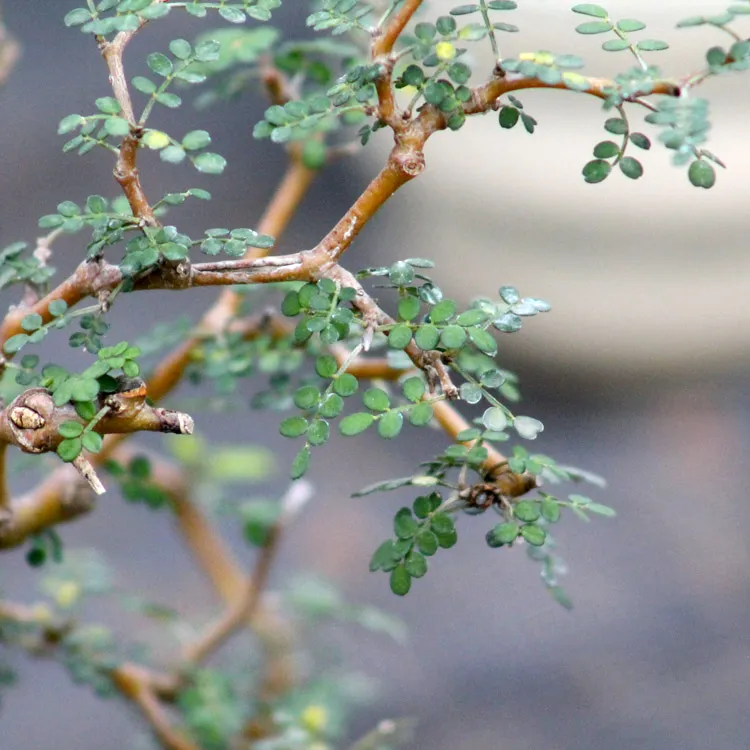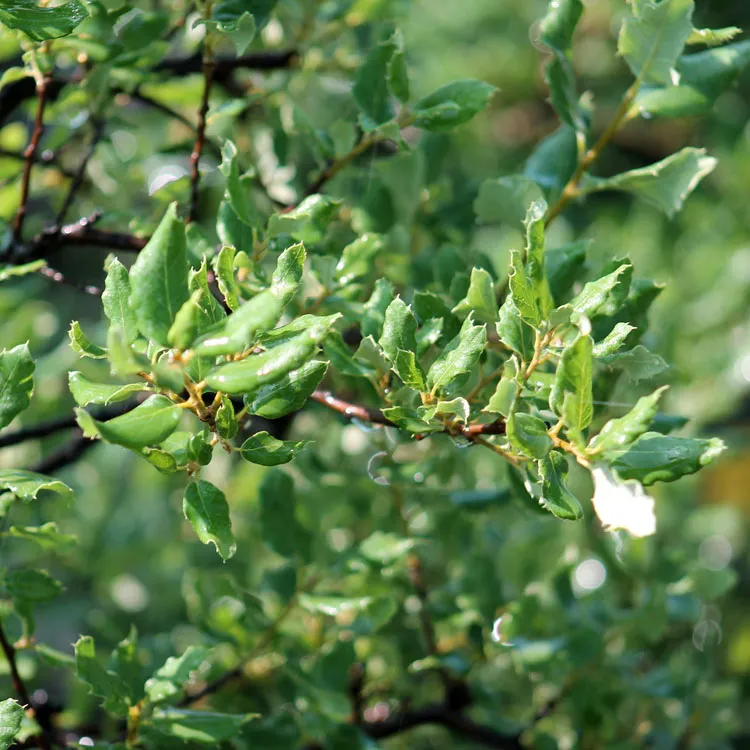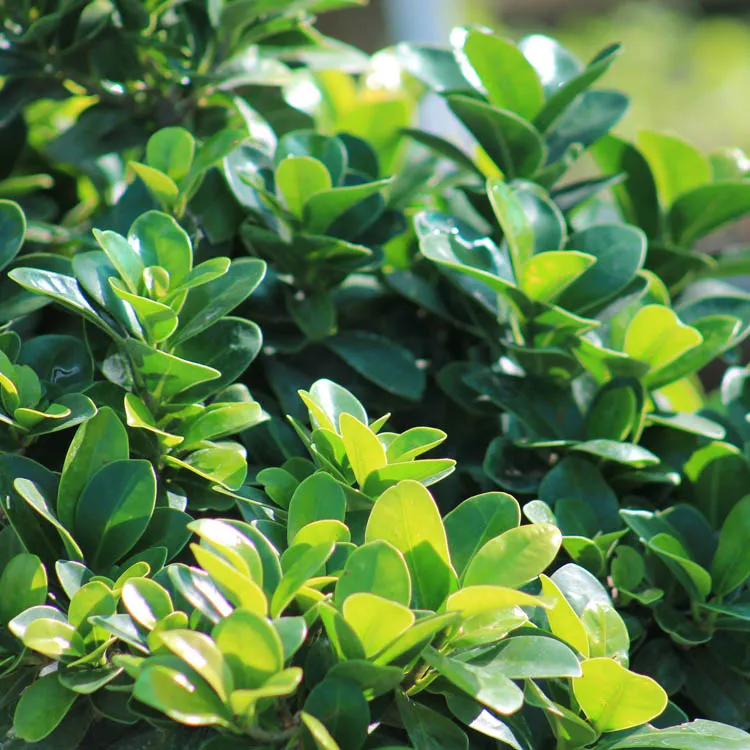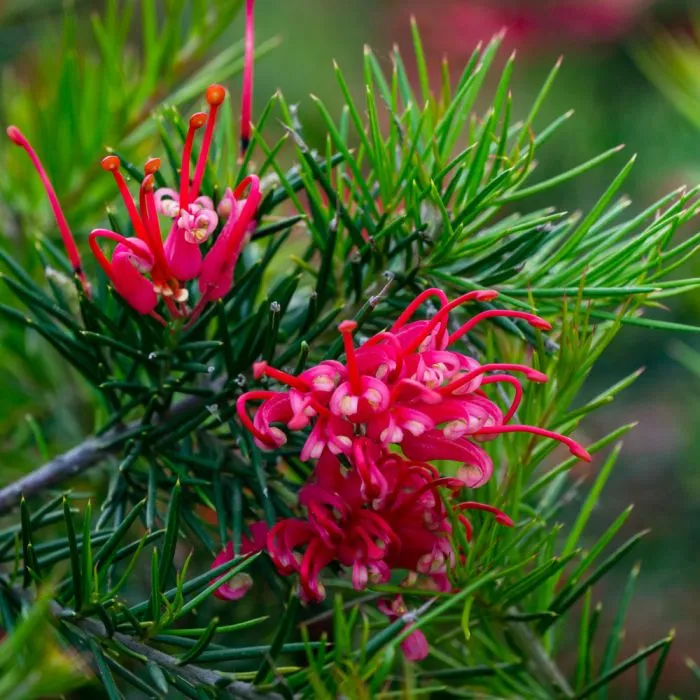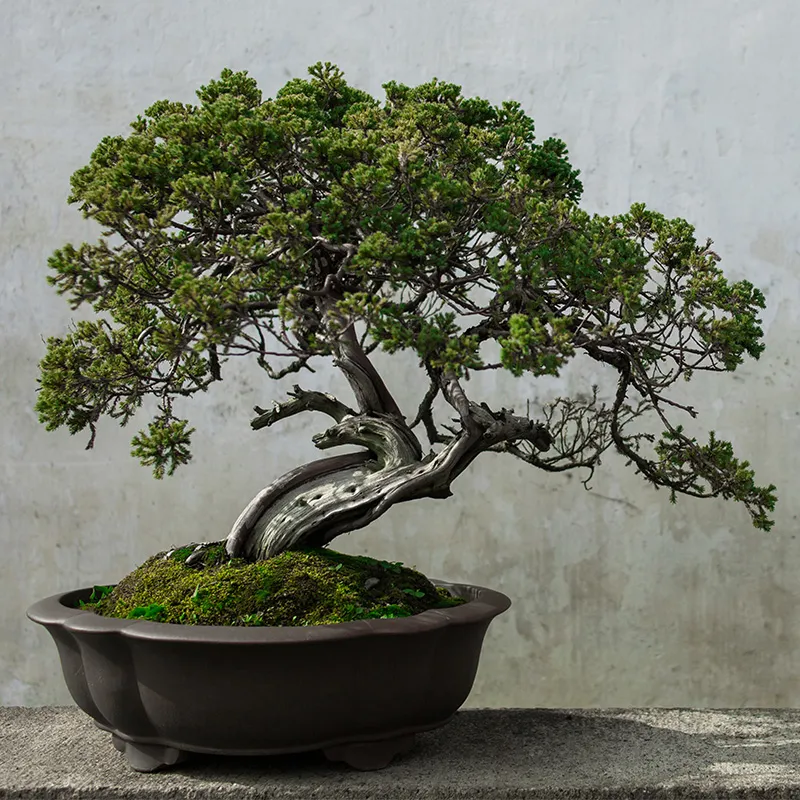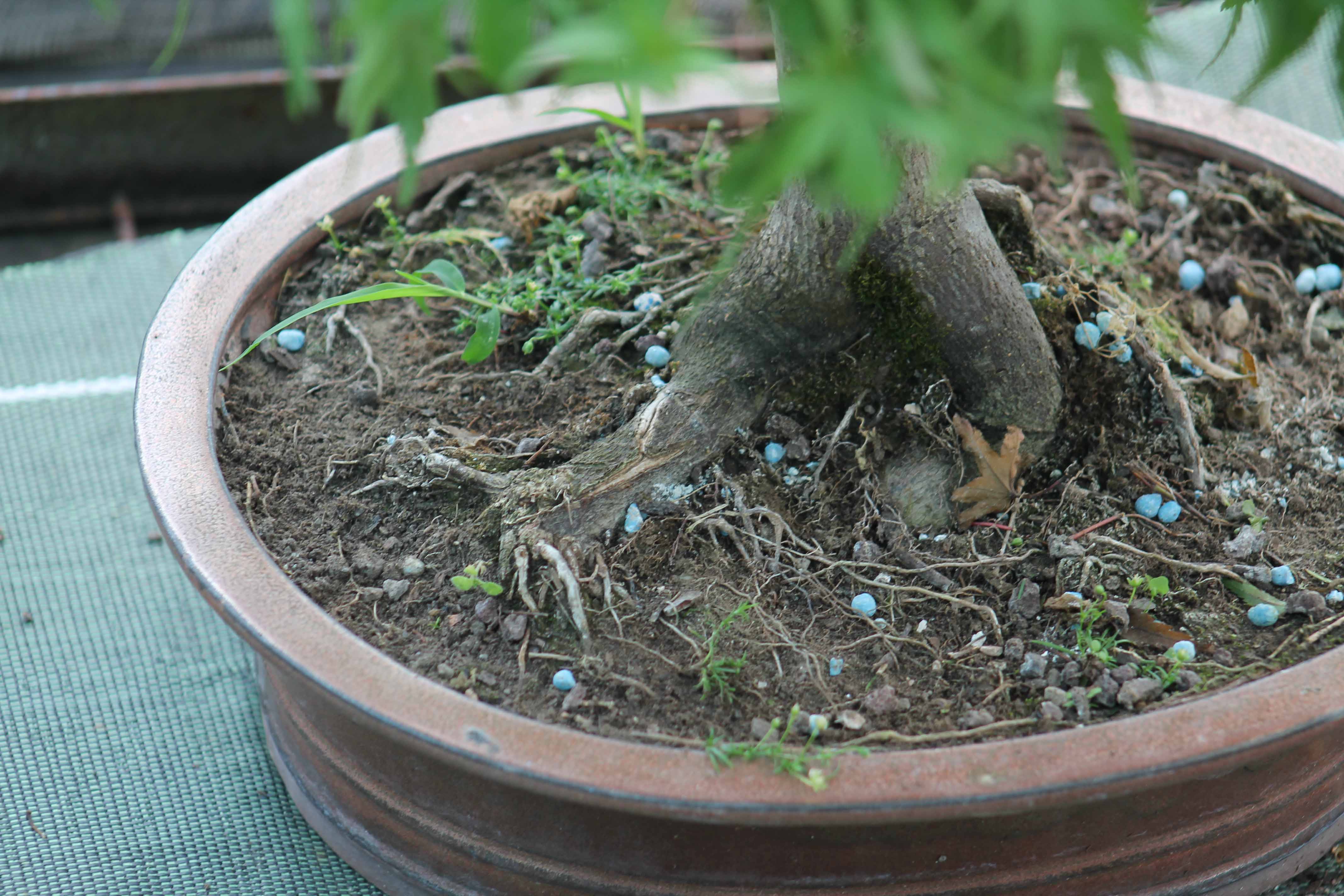Watering is of paramount importance to a tree, here's why:
- For its biological functioning : Like all plants, bonsai trees need water to carry out photosynthesis, which is the process by which plants convert sunlight into energy. The water is absorbed by the roots and transported to the leaves, where it is used to produce energy and nutrients.
- For its maintenance of hydration : water helps to maintain the water balance of the plant, allowing its cells to function properly. Hydration ensures healthy growth, vigorous leaf production, and disease resistance.
- For nutrient absorption : Water is also the means by which the roots absorb nutrients from the soil. Bonsai trees require nutrients such as nitrogen, phosphorus, and potassium for their growth and development. Regular watering allows the roots to access these essential nutrients, promoting healthy and balanced growth.

Consequences of insufficient watering:
Insufficient watering can lead to water stress, where bonsai trees do not receive enough water for their needs. This can lead to wilting leaves, stunted development, or even death of plant parts. A prolonged lack of water can weaken the bonsai and make it more susceptible to diseases and pests.
Consequences of overwatering:
Overwatering can be just as detrimental as underwatering. Too much water can lead to root rot, preventing the plant from absorbing the necessary oxygen. Leaves may turn yellow, soil may become soggy, and a favorable environment for fungus and fungal diseases may develop.
In conclusion, proper watering of bonsai trees is essential for maintaining their health and development. A precise balance must be maintained to ensure adequate hydration without excess water. Careful observation of the individual needs of each bonsai, understanding environmental factors, and practicing suitable watering techniques are essential for growing thriving bonsai.
It is also crucial to consider several factors to meet the individual needs of each tree. Here are the main things to consider:
Each species of bonsai has its own watering requirements. Some species prefer slightly drier soil between waterings, while others require constant moisture. It is essential to familiarize yourself with the specific characteristics of the bonsai species you are growing in order to meet its water needs.
The size of the pot has a direct influence on the water requirements of the bonsai. Smaller pots have limited water-holding capacity, which means the soil dries out faster. Therefore, bonsai trees grown in smaller pots usually require more frequent watering compared to those in larger pots.
The type of soil used for bonsai also plays an important role. Some soils retain water longer, while others have faster drainage capacity. Well-draining soil is essential to prevent water stagnation and root rot, but it also needs to retain enough moisture to meet the bonsai's needs.
The climate in which you grow your bonsai significantly influences its water needs. In hot, dry climates, evaporation is faster, requiring more frequent watering. On the other hand, in cooler or humid climates, watering may be less frequent. In addition, the season also affects the water requirements of the bonsai, with higher watering demands during periods of active growth and reduced requirements during periods of dormancy.

By understanding and adjusting these factors, you can optimize your bonsai watering to meet its specific needs. It's important to observe your tree carefully, check soil moisture regularly, and adjust your watering frequency accordingly.
Effective watering techniques for bonsai. Here are three commonly used methods:
- Soaking: This method involves completely submerging the bonsai pot in a container filled with water. This technique allows the substrate to become waterlogged by capillary action, ensuring complete hydration of the root system. It is especially useful when the soil is dry deep or when the bonsai needs more intense hydration. Once the soaking is complete, it is important to let the excess water drain away before placing your bonsai back in its usual location.

- Watering from above: This is the traditional method of pouring water directly onto the bonsai soil using a thin watering can head or cup. This technique allows for controlled watering and allows the amount of water applied to be monitored. Be sure to water the entire pot evenly and let the water drain through the drainage holes to prevent stagnation.

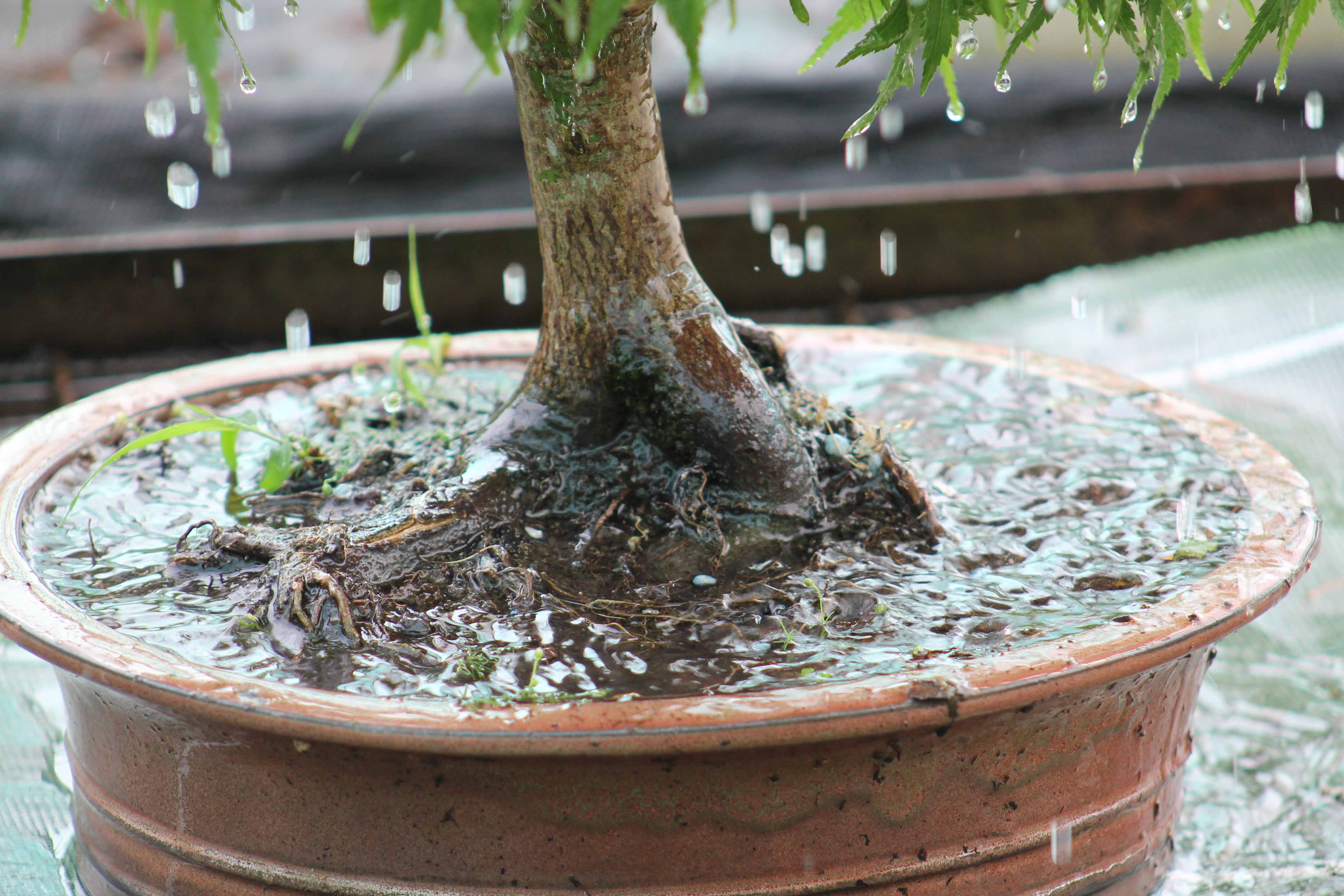
- Sub-irrigated watering: is a method that involves placing the bonsai pot on a saucer or in a tray containing water. The substrate absorbs water by capillary action from the bottom of the pot. This technique is ideal for bonsai trees that require constant moisture, such as some tropical species. However, it is important to carefully monitor the water level to avoid over-saturation and root rot.
The choice of watering technique depends on several factors such as the type of bonsai, climate, season, and specific plant preferences. It is recommended to alternate watering methods to ensure balanced hydration of the bonsai. Carefully observing the bonsai's reaction to each watering method will help you determine which one is best for your plants.
Here are some tips to avoid common problems when watering your bonsai:
- Overwatering: Overwatering is one of the most common mistakes. It can lead to root rot, deterioration in bonsai health, and even death of the plant. To avoid this, make sure you don't water your bonsai more often than necessary. Always check the soil moisture before watering again. Use your finger or a tool like a stick to probe the soil and check if it is dry deep before rearming.

- Underwatering: Underwatering is just as detrimental. When you don't give enough water and the root ball is completely dry for several hours, your bonsai can become dehydrated and suffer from water stress. Be sure to water regularly and in sufficient quantities to meet the specific needs of your bonsai. Carefully observe the signs of wilting or drying out the soil to determine when it is necessary to water.
- Use of poor quality water: Poor quality water can be detrimental to the health of bonsai trees. Avoid using chlorinated water directly from the tap, as chlorine can be harmful to the roots. If you must use tap water, let it sit in a container or use a filtration system to remove chlorine. Rainwater or demineralized water is often preferable, as it is gentler on bonsai.
- Drainage problems: Poor drainage can lead to problems such as root rot. Make sure that your bonsai is planted in a well-draining substrate and that the pot has adequate drainage holes. When watering, make sure that the water flows freely through the drainage holes and does not stagnate in the pot.
- Watch for signs of problems: Observe your bonsai tree carefully for any signs of watering-related problems, such as yellowing leaves, rotting roots, or consistently soggy soil. Respond quickly by adjusting your watering habits if you identify potential problems.
By following these precautions and avoiding common mistakes, you can prevent watering problems and maintain the health of your bonsai. Remember that each bonsai is unique, so observe your tree carefully and adjust your approach according to its specific needs.
Here are some general tips for some popular types of bonsai:
Pine trees are known to prefer slightly drier soil. Water them thoroughly and let the substrate dry out slightly before the next watering. Avoid overwatering which could cause root rot. During the warmer summer months, you may need to water more frequently.
Ficus trees enjoy constant moisture but do not tolerate soggy soils. Water them when the top layer of soil starts to dry out slightly. In the summer, when growth is more active, watering may be more frequent. Be sure to maintain good drainage to prevent water stagnation.
Junipers tend to prefer slightly moist but well-drained soil. Water them regularly, checking that the soil doesn't dry out completely between waterings. Avoid overwatering which could lead to root rot. During periods of active growth, such as spring, they may require more frequent hydration.
It is important to adapt the frequency of watering according to the seasons and environmental conditions. Here are some additional tips:
- Summer: During the hot summer months, when evaporation is higher, you may need to water more frequently on average 1/2 times a day. Carefully monitor the soil moisture and adjust the watering frequency accordingly to prevent the bonsai from drying out.
- Winter: During the winter months, when growth is slower, reduce the frequency of watering. Bonsai trees need less water during this time. Just make sure you don't let the soil dry out completely.
- Environmental conditions: Consider specific environmental conditions, such as sun exposure, ambient humidity, and ventilation. These factors can influence the rate at which water evaporates into the soil and therefore the frequency of watering required.



 Production of French Bonsai
Production of French Bonsai


